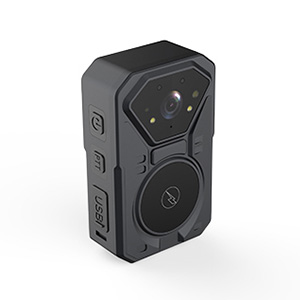
# Body-Worn Cameras: Enhancing Transparency and Accountability in Law Enforcement
## The Rise of Body-Worn Cameras in Policing
Keyword: body worn camera
In recent years, body-worn cameras (BWCs) have become an increasingly common tool for law enforcement agencies worldwide. These small devices, typically attached to an officer’s uniform, record audio and video interactions between police and the public. The adoption of BWCs has grown rapidly as departments seek to improve transparency, build public trust, and gather evidence for criminal investigations.
## How Body-Worn Cameras Work
Modern body-worn cameras are compact, lightweight devices that can be easily mounted on an officer’s chest, shoulder, or sunglasses. They feature:
– High-definition video recording
– Night vision capabilities
– Wide-angle lenses
– Automatic activation triggers
– Cloud-based storage systems
Most models include pre-event recording, which saves footage from before the officer manually activates the camera, ensuring critical moments aren’t missed.
## Benefits of Body-Worn Camera Implementation
The use of BWCs offers numerous advantages for both law enforcement and the communities they serve:
### Increased Accountability
Video evidence provides an objective record of police-citizen encounters, reducing disputes about what occurred during interactions. This accountability works both ways – protecting officers from false accusations while ensuring proper conduct.
### Improved Evidence Collection
BWCs capture high-quality visual and audio evidence that can be crucial in criminal investigations and court proceedings. This evidence often proves more reliable than witness testimony alone.
### Enhanced Officer Training
Recorded interactions serve as valuable training tools, allowing departments to review real-world scenarios and improve officer performance, de-escalation techniques, and procedural compliance.
### Greater Public Trust
When communities know police interactions are being recorded, it can increase confidence in law enforcement and improve police-community relations.
## Challenges and Considerations
While BWCs offer significant benefits, their implementation isn’t without challenges:
### Privacy Concerns
Recording in sensitive situations (such as domestic violence calls or medical emergencies) raises privacy issues that departments must address through clear policies.
### Data Management
The massive amount of video data generated requires secure storage solutions and protocols for retention, access, and redaction when necessary.
### Policy Development
Agencies must establish comprehensive policies covering when cameras should be activated, how long footage is retained, and who can access recordings.
## The Future of Body-Worn Camera Technology
As technology advances, we can expect to see:
– Improved battery life and storage capacity
– Integration with other law enforcement technologies
– Advanced analytics and facial recognition capabilities
– Real-time streaming capabilities
– Automated report generation features
These developments will likely make BWCs even more valuable tools for modern policing while presenting new challenges for policy makers and civil liberties advocates.
## Conclusion
Body-worn cameras represent a significant step forward in police transparency and accountability. When implemented with thoughtful policies and proper safeguards, they can benefit officers and communities alike. As the technology continues to evolve, law enforcement agencies must balance the operational benefits with ethical considerations to maximize the positive impact of this important tool.
0 thoughts on “Body-Worn Cameras: Enhancing Transparency and Accountability in Law Enforcement”